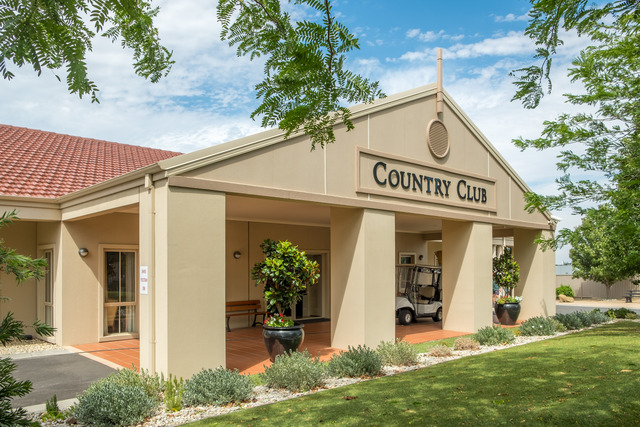Australia’s measurement system celebrated a milestone birthday this week.
On Monday, November 28, it was 75 years since Australia join the Metre Treaty, or the Convention of the Metre – the basis for the international system of units of measurement.
A Department of Industry, Science and Resources statement said the country’s participation ensured international recognition of the national measurement system.
“It also reduces barriers to trade and gives our community confidence in the fairness of measurement outcomes,” the department said.
The treaty, signed by 17 member states in 1875, originally only covered the units of mass and length, but was extended in 1921 to cover other physical parameters. Australia joined the Metre Treaty on November 28, 1947, recognition the need for national measurement standards linked to British and international systems.
“The international measurement framework established by the Metre Treaty relies on primary measurement standards, certified reference materials and reference standards,” the department said.
The department said with the introduction of the Weights and Measures (National Standards) Act 1948, the Australian government became responsible for weights and measures throughout the country.
“Each state was required to have a laboratory with measurement standards calibrated against the standards held at the National Standards Laboratory (NSL) in Sydney. The NSL, later the National Measurement Laboratory in CSIRO, was one of the forerunners of the National Measurement Institute (NMI),” the department said.
Australia’s chief scientist Dr Cathy Foley said metrology was the starting point for science.
“You simply can’t do science without international consensus about what you’re measuring and how – and this can sometimes prove a surprisingly complex question,” Dr Foley said.







